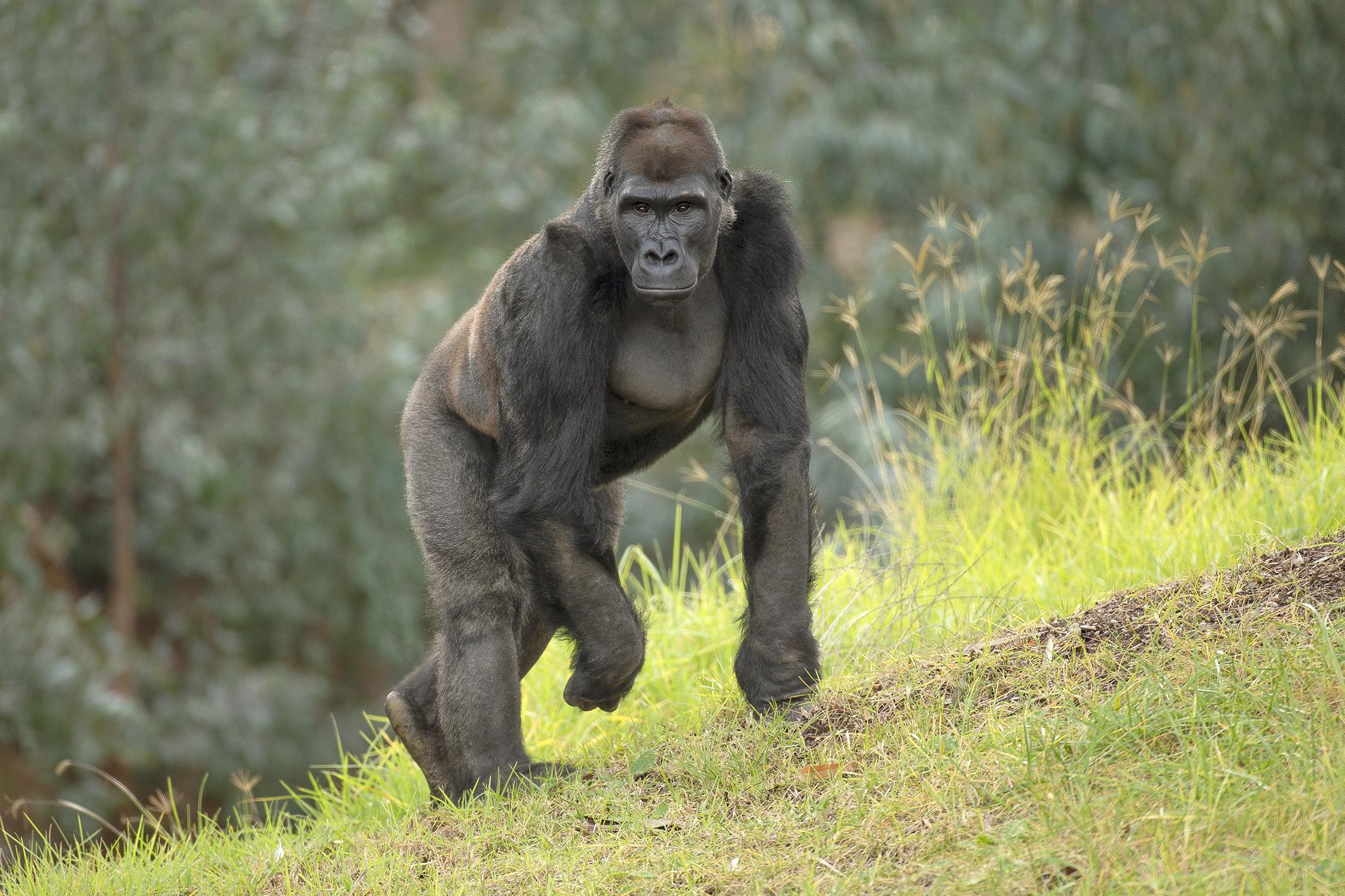
In our eight Conservation Hubs around the world, our work is focused on realizing this vision by working with partners and local communities to protect and restore biodiversity. Through partnership and collaboration, we have committed to projects that engage, respect, and benefit local communities and their heritage; enhance capacity and local leadership opportunities; support human-wildlife coexistence; promote healthy ecosystems; and meaningfully contribute to the equitable and sustainable management of the biodiversity upon which so many lives depend.
AFRICAN FOREST Community is at the heart of everything we do in Cameroon’s Ebo forest, home to a rare population of lowland gorillas and the only chimpanzees in the world that are known for two different types of tool use. In this dense forest, critically endangered African forest elephants roam alongside a host of other bird, mammal, amphibian, and plant species. Critically important to this conservation program are the communities that have long lived in harmony with Ebo, and who work tirelessly to protect it.
AMAZONIA The jaguar is an iconic, wide-ranging big cat of the Americas, and one of the focal species in our Amazonia program. As for many large carnivores, living alongside human communities and human activities poses challenges. Our team in Peru is working with communities and partners to protect these powerful big cats and promote coexistence with the people that live alongside them. At the Wildlife Conservation Lab at Los Amigos, we are training students and early-career scientists in portable molecular technologies that are revolutionizing genomic science. At the Cocha Cashu Biological Station deep in the Amazon rainforest, we offer training courses to students, as well as a place for scientists to conduct research in a forest that is largely intact.
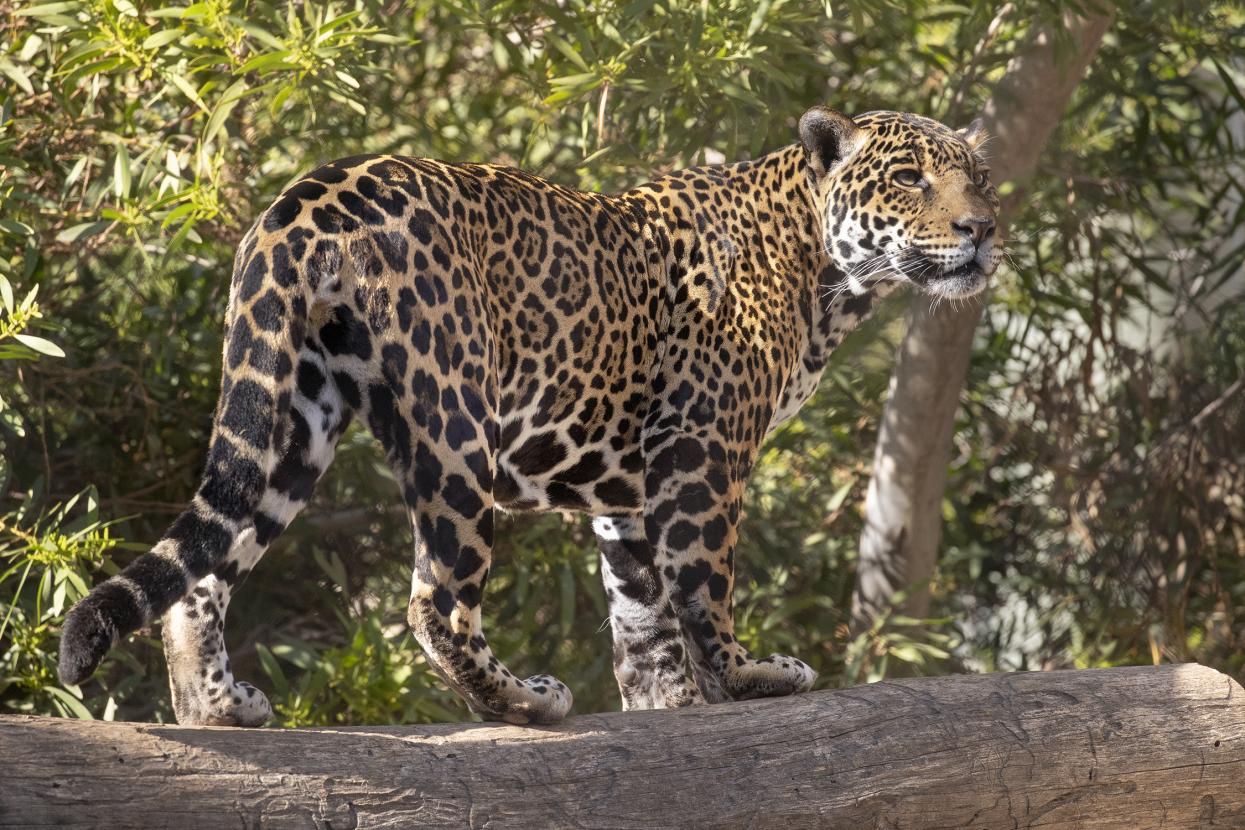
Jaguars are one of the focal species in our Amazonia Hub.
ASIA The illegal wildlife trade is a threat to an array of wildlife species in Asia, including sun bears, Asiatic black bears, tigers, orchids, carnivorous plants, and cycads. In Vietnam, our team works with local partners and communities to reduce consumer demand for wildlife products such as bear bile and tiger bone glue. And in Sumatra—one of the most populous islands in the world—our team is working to support coexis-tence between tigers and people in shared landscapes. The endangered Sumatran tiger is the smallest subspecies of tiger, and there are fewer than 600 of them left due to the challenges of habitat loss and poaching.
AUSTRALIAN FOREST We have been working with partners in Australia to protect koala populations for decades, and while the program had significant successes over that time, the bush fires of 2019–2020 were a stark reminder of how climate change-driven drought and weather patterns can drive catastrophic conditions for wildlife and people. In 2024, as part of our ongoing commitment to our partners in Australia, we embarked on an ambitious journey with the Taronga Zoo in Sydney, supporting their Platypus HQ, a conservation breeding and translocation center dedicated to the conservation of this unique duck-billed mammal.
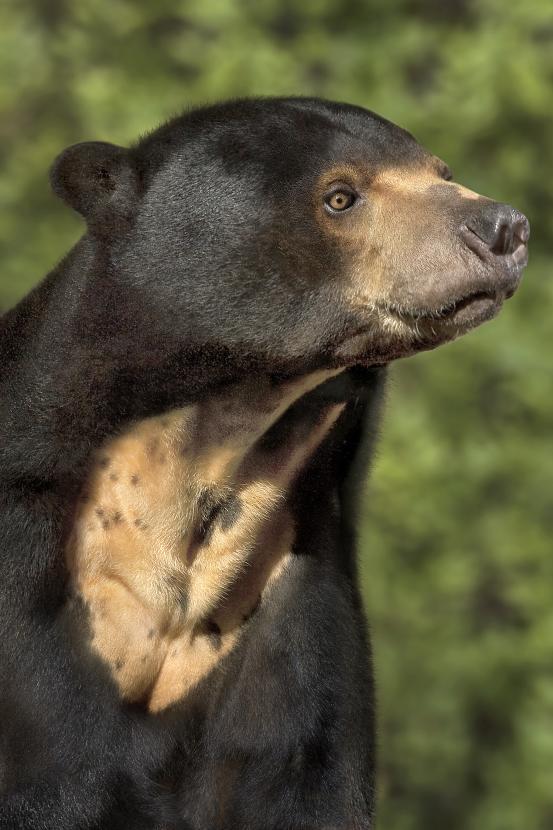
Sun bears are native to the tropical forests of Southeast Asia.
OCEANS Climate change is impacting our oceans’ health on a global scale. Whether in the high Arctic archipelago of Svalbard, the Salish Sea, or off the California coast, our Oceans program is focused on mitigating the impacts of climate change on wildlife, and we’re using innovative technologies to do so. In the Arctic, sea ice losses challenge the successful emergence of polar bear mothers and cubs from maternal dens and also threaten coexistence with people as the ice melts and more bears come ashore. For the beloved killer whales of the Salish Sea, our teams are using innovative drone-based technologies to monitor population health. And closer to home, our team is working with partners and using advanced reproductive technologies to recover the sunflower sea star, a species that is essential to the health of the eastern Pacific kelp forests, and, as follows, the planet.
PACIFIC ISLANDS The Hawaiian Islands are home to an unparalleled array of unique wildlife species. In fact, about 90 percent of Hawai‘i’s wildlife species occur only there. On the islands of Hawai‘i and Maui, our program is largely focused on the recovery of endemic Hawaiian forest birds, including honeycreepers such as the ‘akikiki and ‘akeke‘e, and the ‘alalā, otherwise known as the Hawaiian crow, regarded in Hawaiian culture as ‘aumākua, or a family guardian. We are also working to save native palm trees in Hawaii and precious orchids in Palau. Habitat loss and non-endemic species have led to dramatic declines in forest birds, and climate change has exacerbated these losses, with malaria-carrying non-native mosquitoes further encroaching on forest bird habitat.
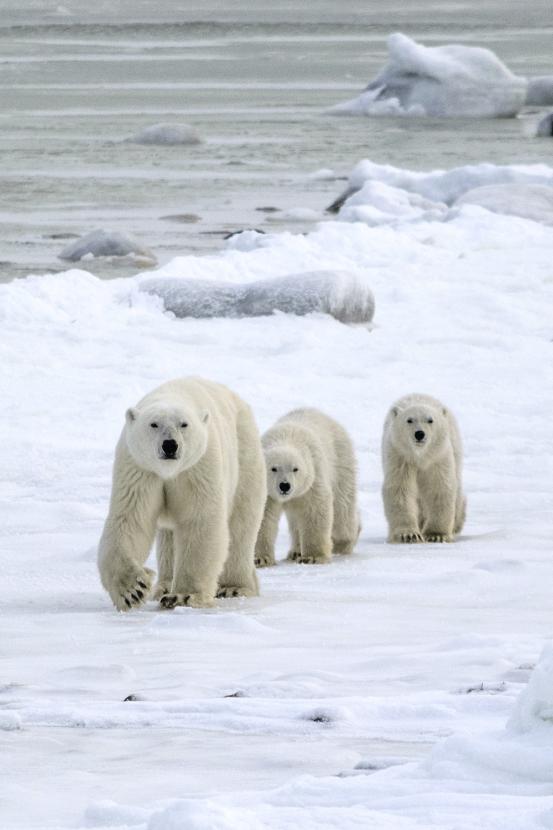
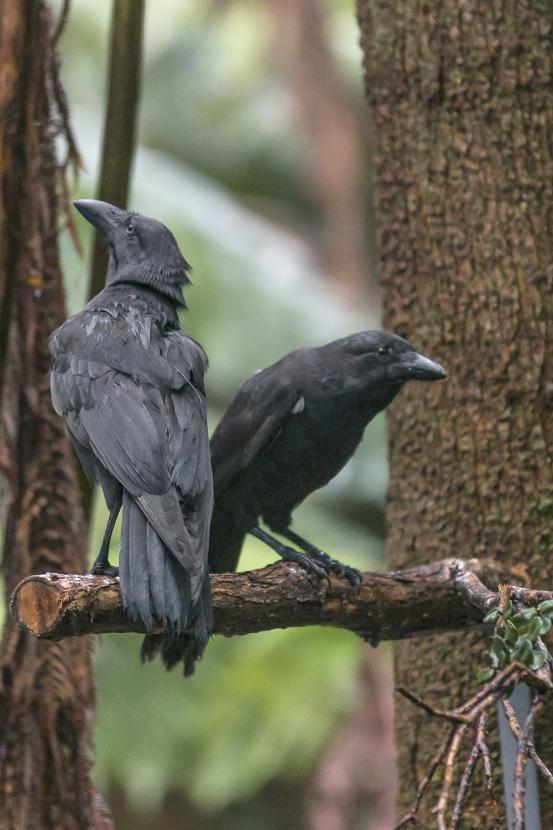
(Above, left) Our Oceans Hub projects include studying polar bears and their denning habits. (Above, right) The Hawaiian crow, or ʻalalā, is just one of the bird species involved in our Pacific Island projects.
SAVANNA The arid rangelands of northern Kenya are home to some of the most iconic of east African wildlife species. African savanna elephants, African leopards, giraffes, black rhinoceroses, and many other iconic wildlife species share these rangelands with pastoralist communities, and water and grazing land are shared resources. Climate change-driven droughts challenge the healthy balance of this ecosystem and the survival of wildlife species. They also increase the likelihood of conflicts between wildlife and local communities. Our teams work with local communities to cogenerate restoration and coexistence solutions and support the health of wildlife populations.
SOUTHWEST The United States’ Southwest is a place of extraordinary natural beauty, with mountains, deserts, grass-lands, and expansive stands of chaparral providing habitat for a diverse array of plant and animal species. It is also an area with extraordinary human population density and a history of expansive development, including infrastructure that fragments wildlife habitat. San Diego County is emblematic of the Southwest’s natural beauty and is the most biodiverse county in the contiguous U.S. It is also home to more threatened species than any other county in the U.S. In the greater San Diego region, our teams are committed to reversing this trend, with projects that include mountain lion coexistence, Pacific pocket mouse, mountain yellow-legged frog recovery, coastal scrub oak, and restoration of the iconic Torrey pine, a coniferous tree species found nowhere else.
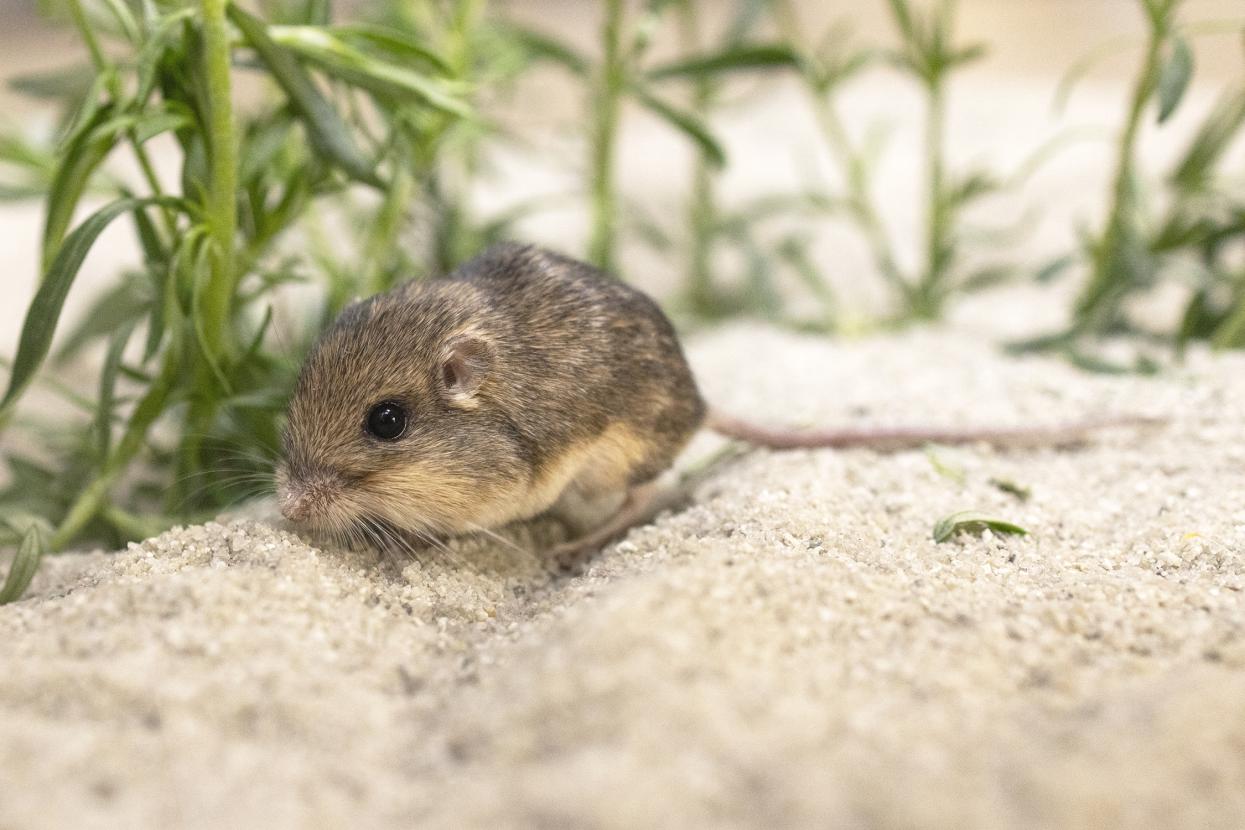
Pacific pocket mice play a vital ecological role by dispersing native plant seeds and promoting plant growth through their digging activities.



